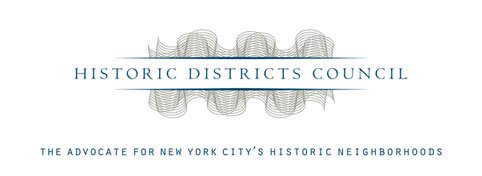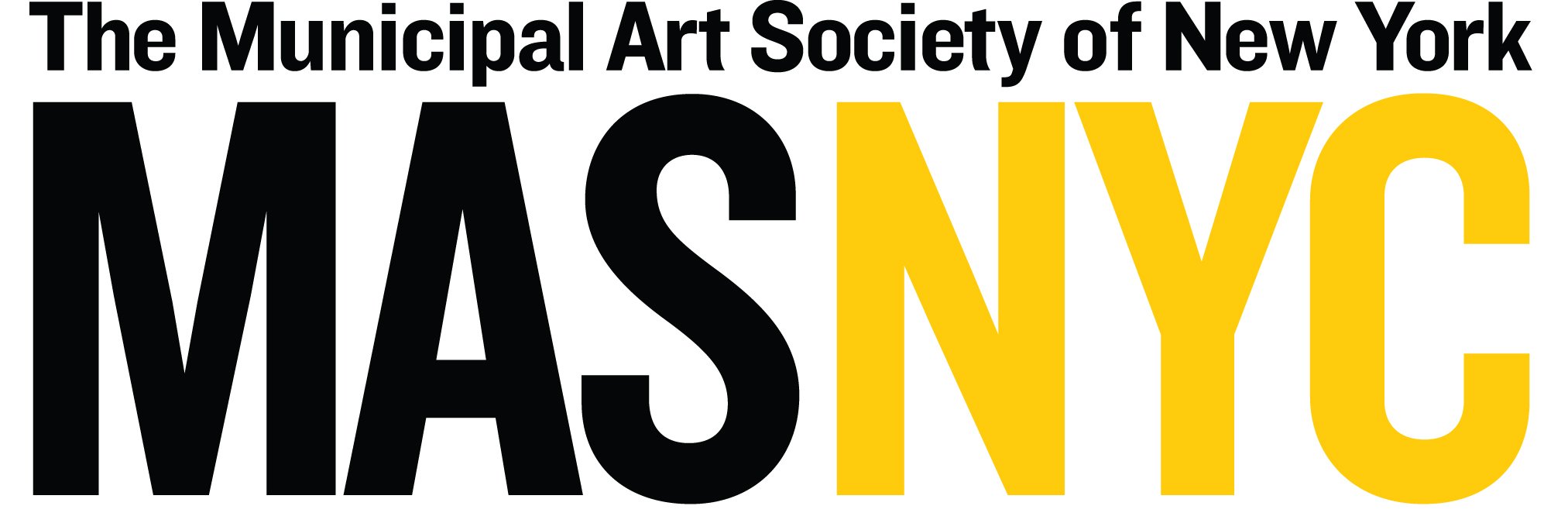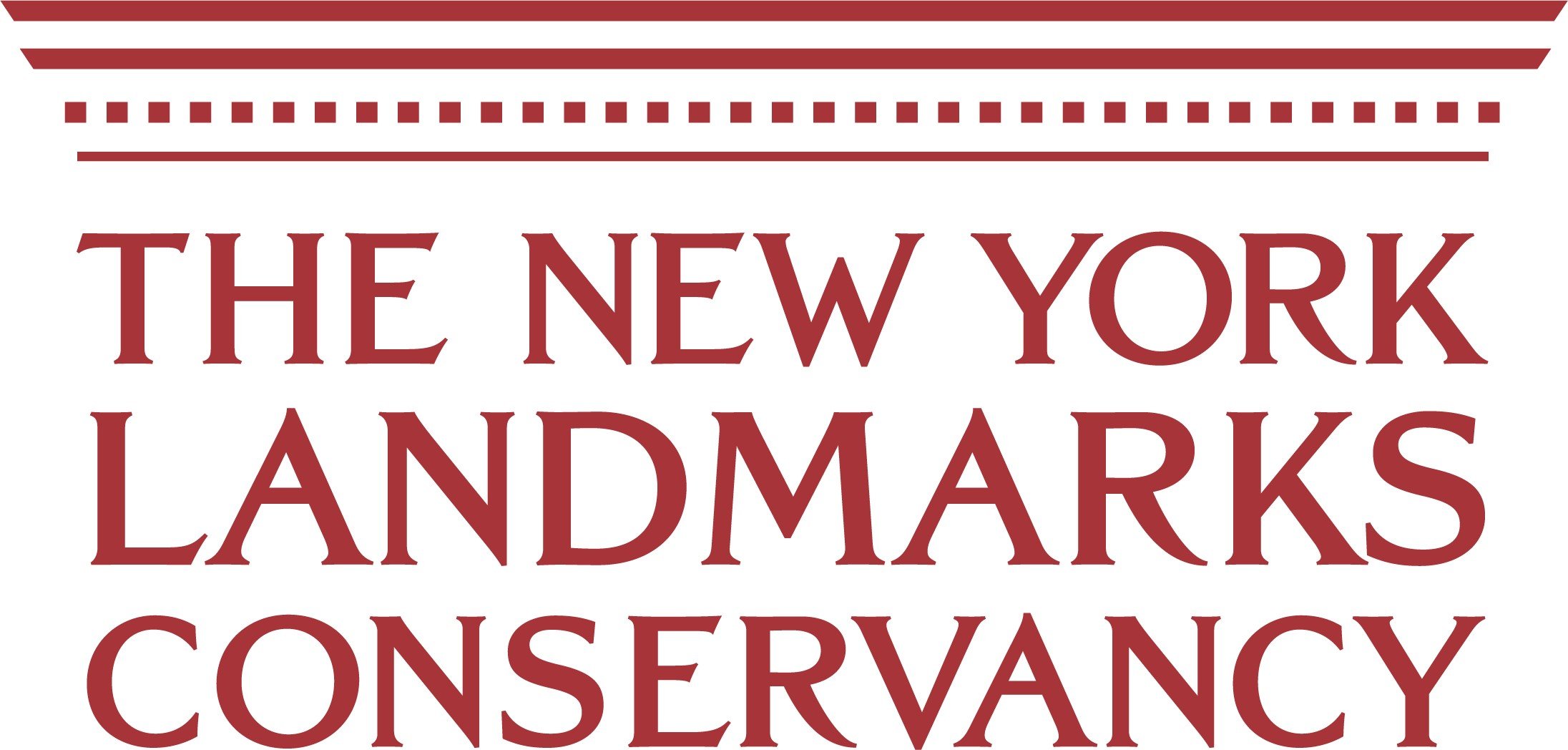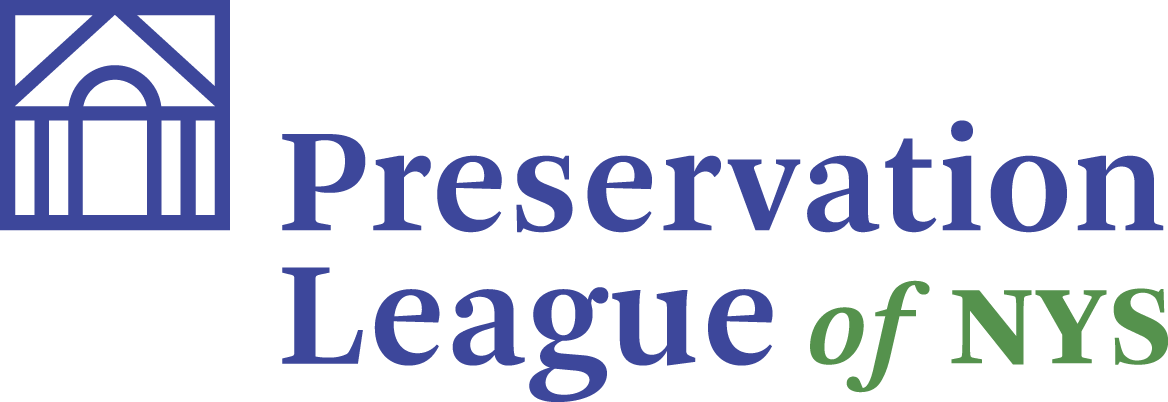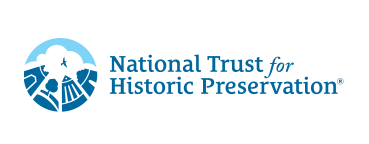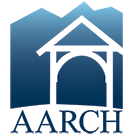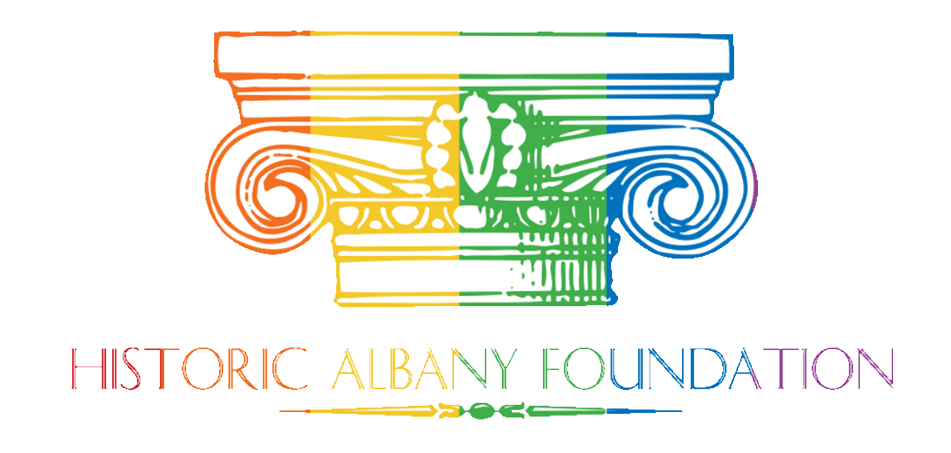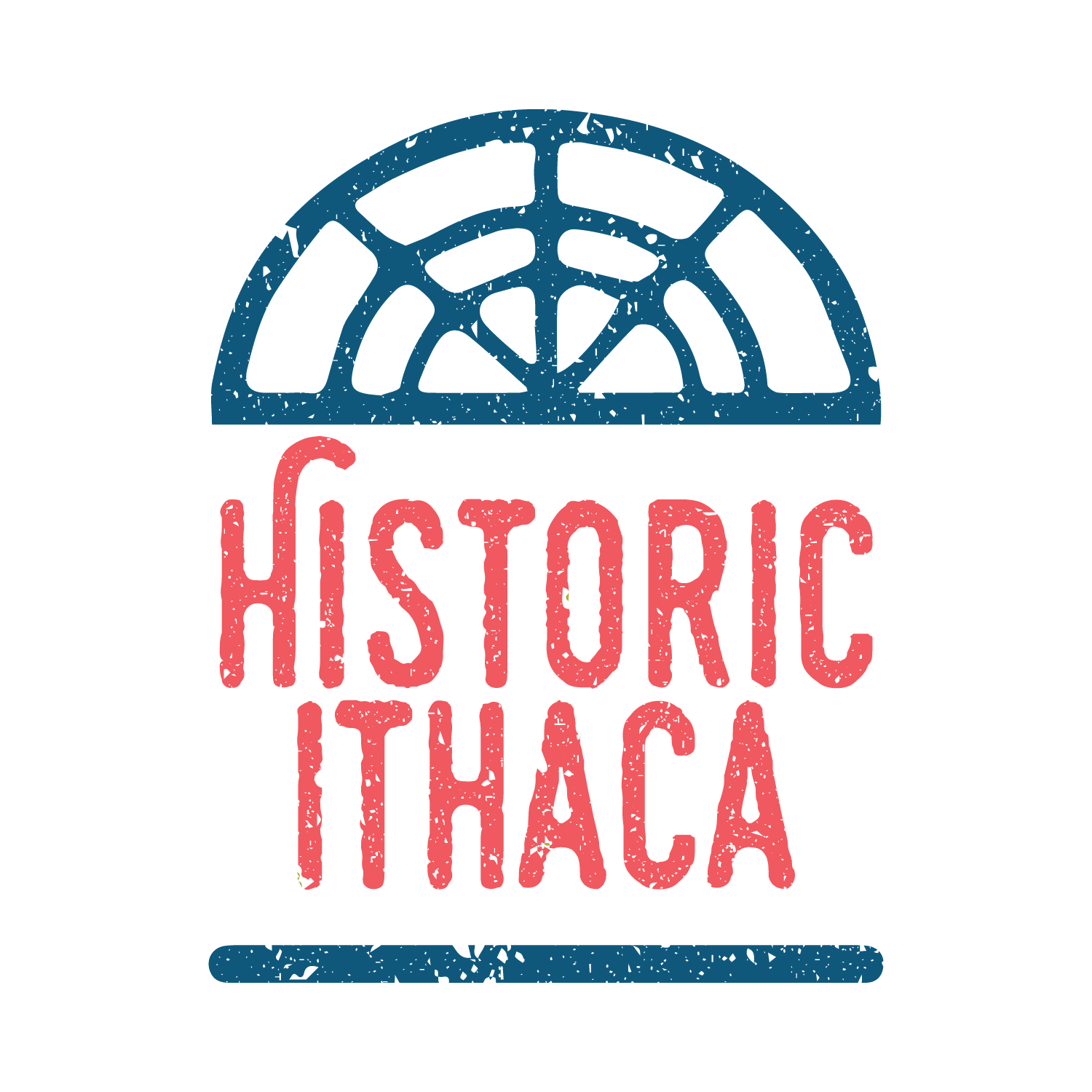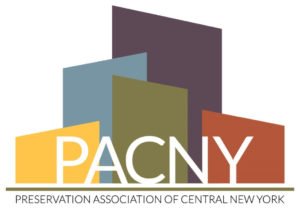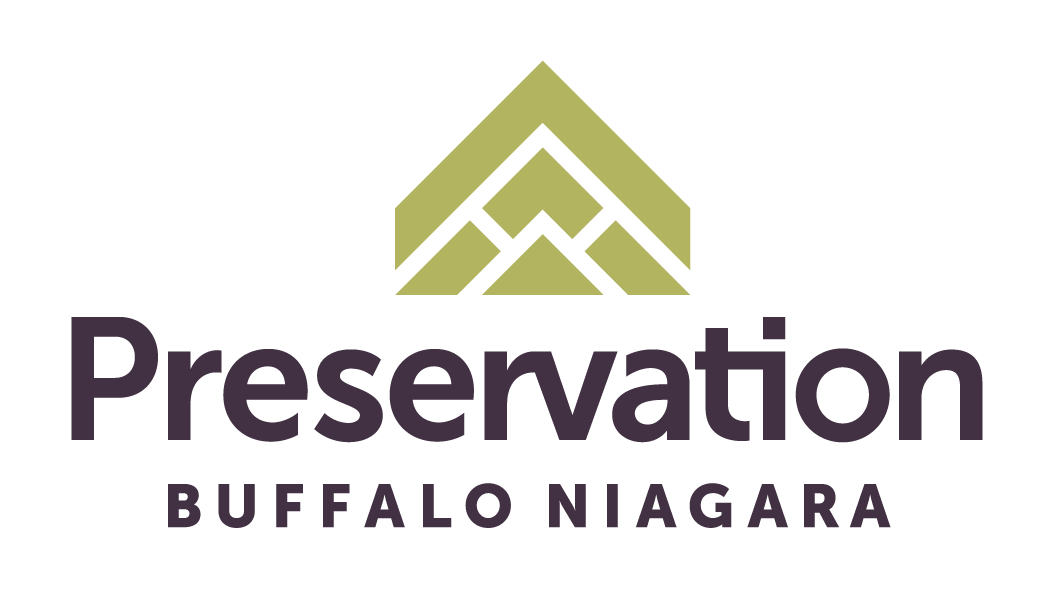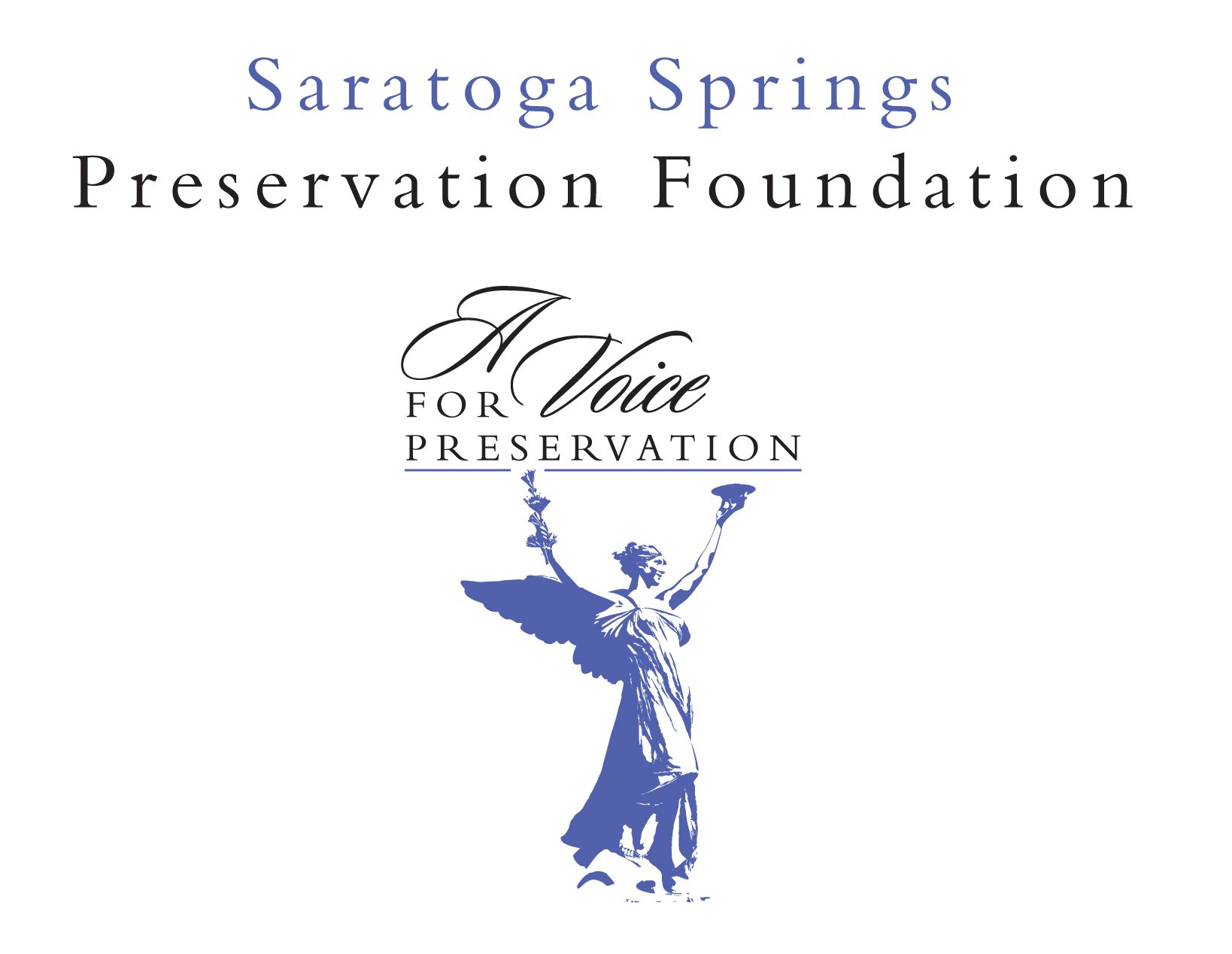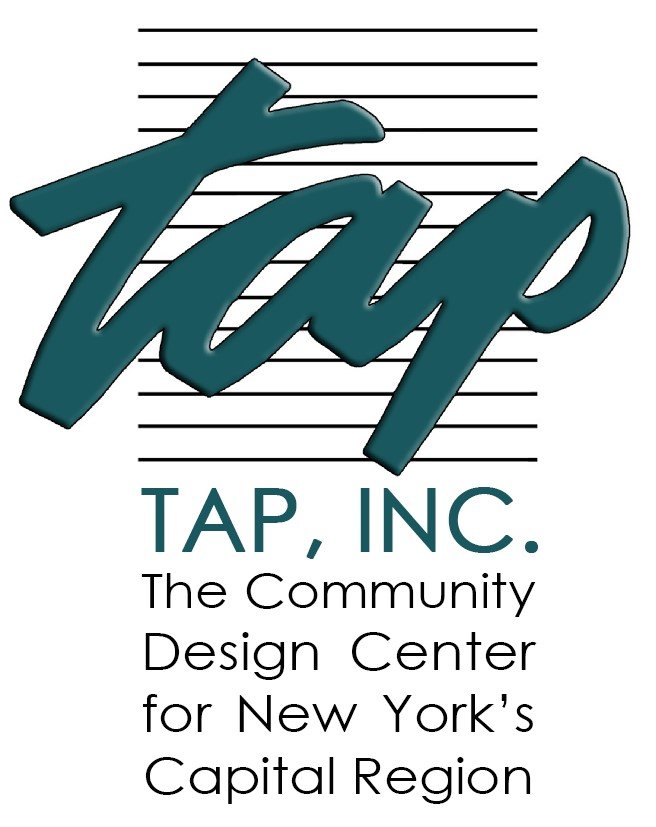This week, the extended state budget process is coming to an end, following several extra weeks of negotiations between the Governor and Legislature. Several budget bills have already been passed by the Senate and Assembly, and more are expected imminently, as is the Governor’s signature.
The League is thrilled that a five-year extension of the NYS Historic Commercial and Homeowner Tax Credit Programs is included in the budget agreement. The tax-credit programs were due to expire in 2024, so an extension was necessary to ensure these programs did not sunset. We thank Assemblymember Carrie Woerner and Senator Timothy Kennedy for championing this extension, and thank the Governor, Senate, and Assembly for all including the extension in their budget proposals and ensuring its inclusion in the final agreement.
The “White Elephant Program,” also proposed by Assemblymember Carrie Woerner and Senator Ted Kennedy, did not make it into the final budget. This program aims to facilitate the rehabilitation of large, vacant buildings that often languish due to their high rehab costs and scarcity of investors. We understand our legislative sponsors intend to work toward passage of the white elephant program as a standalone bill in the remainder of this session, and we will continue advocacy efforts toward that goal.
We are pleased that the budget bills now in the process of being passed by the Legislature and signed by the Governor include provisions to protect remains in unmarked burial sites that are discovered on private property. The League has advocated for the establishment of such a process for the last several years, inspired in part by our Seven to Save listing of Elmhurst African American Burial Ground in Queens in 2020.
A similar bill that passed the Legislature last year was vetoed by the Governor, citing what she saw as inadequate protections for private property owners. The bill establishes a process and timeline for the remains to be protected, the appropriate descendants or culturally affiliated groups notified, and a resolution to be worked out between the descendants and the property owner as to keeping the remains in place or moving them to a different location. New in this bill is that if the culturally affiliated group and property owner cannot come to an agreement – if the descendants want the remains to stay in place and the property owner wants to remove them, for example – the property owner can, after 90 days, pay to have them removed in a respectful manner, with the culturally affiliated group having the right to monitor the removal. We are grateful for the efforts of former Assemblymember Steve Englebright, who had championed this issue for many years, and Assemblymember Fred Thiele, who sponsored the revised bill that was incorporated into the budget. We also acknowledge the efforts of Indigenous activists who have worked tirelessly in support of this long overdue legislation.
The New York State Council on the Arts (NYSCA), an important partner to the League, has announced that their FY 2024 budget allocation is $110 million; their available funding for FY24 grants is $127 million ($90 million for organizations and artists, plus $37 million in capital project funding). NYSCA’s funding has seen significant bumps the last few years in recognition of the need to invest in the recovery of the arts sector; while this year’s funding is not as high as last year’s historic peak of $140 million, it does recognize the state’s ongoing commitment to the arts, and improves significantly on the original executive budget proposal. We join NYSCA in thanking the Governor and Legislature for their leadership in investing in New York’s important arts sector.
The budget also includes $400 million for the Environmental Protection Fund (EPF), plus $200 million in capital funding the Office of Parks, Recreation and Historic Preservation to invest in enhancing state parks. We will share details of funding for historic preservation as those become available.


